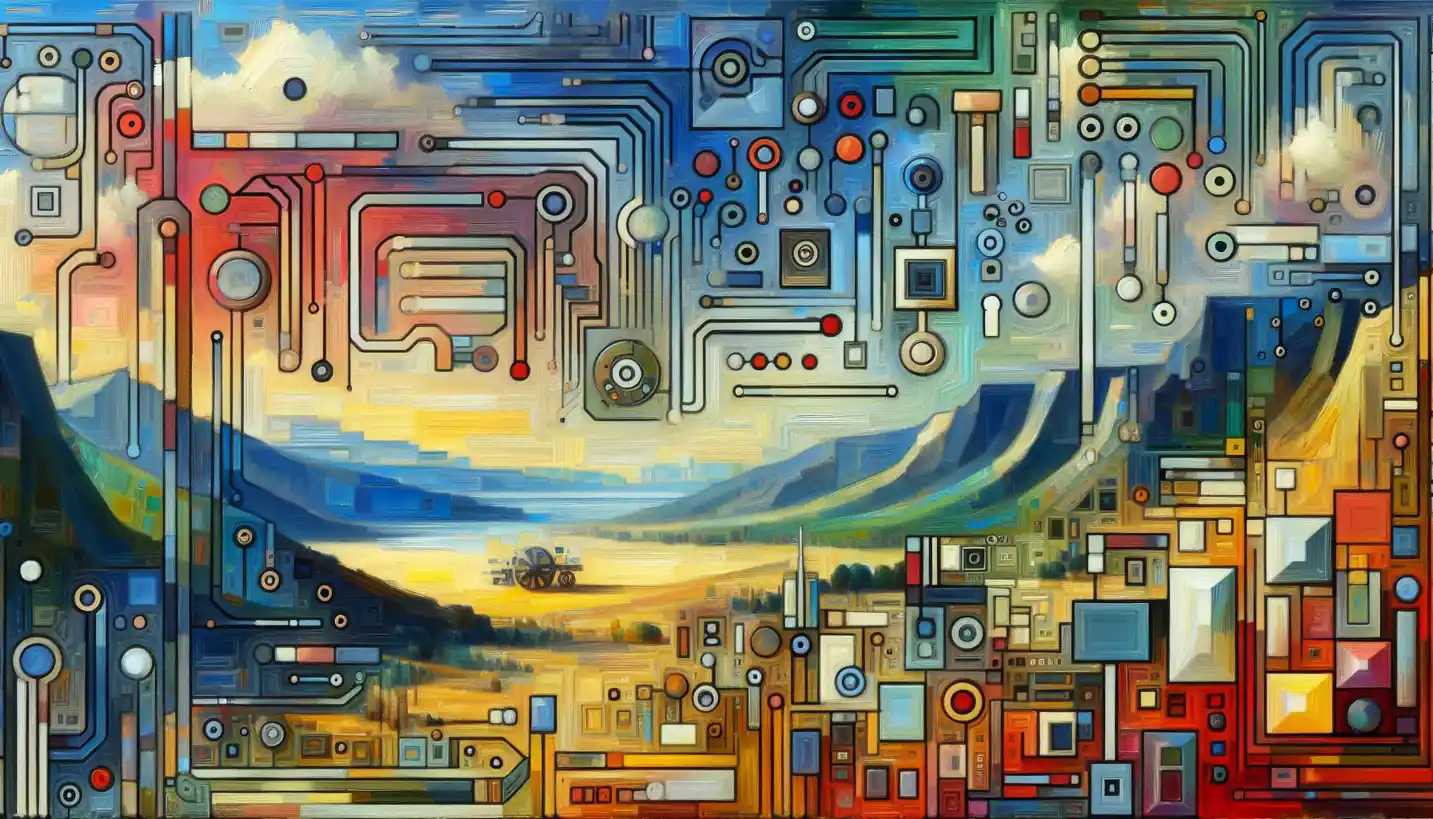· Art · 4 min read
Institutional Critique: Peeling Back the Layers of the Art World
Institutional critique peels back the layers of the art world, challenging assumptions and norms. Dive into thought-provoking analyses that question and redefine artistic institutions.

Somewhere in the labyrinth of the art world lies a fascinating concept known as “institutional critique.” At its core, this concept questions and challenges the very structures that dictate how art is presented, consumed, and valued in society. Let’s dive into this intriguing area of curatorial studies that peels back the layers of traditional art settings.
You know that feeling when you walk into a museum or gallery and are hit by an unspoken set of rules? The quiet whispers, the way you’re supposed to move from one exhibit to another, even the very spaces themselves can feel intimidating or distant. This is where institutional critique steps in, guided by artists and curators eager to examine and question these norms.
What is Institutional Critique?
Institutional critique isn’t just a rebellion; it’s a deep examination of how art institutions operate. It challenges the status quo by asking why certain artworks are prioritized over others, why some artists gain recognition while others do not, and how factors like commercialization and market forces impact artistic expression.
It started making waves around the 1960s and 1970s, when artists began looking critically at the very institutions that displayed their work. Figures like Hans Haacke and Michael Asher led the way, using their art to point out issues like the influence of capitalism on art or the way museums might frame a narrative that serves only a select group.
The Role of the Artist
Artists engaged in institutional critique are like investigative reporters, using their medium to shine a light on hidden corners. By creating works that question the curatorial process or highlight the politics of museum funding, they push audiences to think beyond the surface.
Take Hans Haacke, for example. His work often delves into the financial underpinnings of art institutions, pointing out connections between art patrons and corporate interests. Through pieces that offer both aesthetic and factual insights, he invites viewers to ponder how these dynamics might affect what we see and experience in galleries.
Curatorial Perspectives
Curators, too, have a stake in this dialogue. They often walk a fine line between preserving the integrity of institutional traditions and challenging them through innovative exhibitions. A curator engaging in institutional critique might organize a show that disrupts conventional exhibition formats or invites underrepresented voices to share their stories.
Consider exhibitions that rearrange the typical flow of a gallery space or incorporate interactive elements, allowing visitors to engage with art in a hands-on manner. By doing so, curators not only alter the visitor experience but also question traditional hierarchies within the art world.
Real-Life Examples
Let’s take the story of Michael Asher, who was famous for rearranging museum layouts to question how art was contextualized. In one of his iconic projects, he removed artworks from their frames and placed them on the floor, asking viewers to reconsider their relationship with these objects.
Another example is Andrea Fraser, who blends performance and critique. Her work often involves acting out the absurdities and contradictions of the art world, drawing attention to its often-invisible rules and practices.
Why It Matters
Art doesn’t exist in a vacuum. It reflects and influences society, culture, politics, and even economics. By engaging in institutional critique, artists and curators help demystify art institutions, making them more accessible and understandable to everyone. This becomes essential in breaking down barriers and allowing a more diverse array of voices to be heard.
Moreover, institutional critique sparks important conversations about who gets to decide what is considered “art.” It challenges the authority of traditional art institutions and opens the floor to a broader discourse about representation, inclusivity, and power within the art world.
Future Directions
The future of institutional critique looks promising, with artists and curators increasingly harnessing digital technology and social media to expand their reach. As virtual museums and online exhibitions grow, new platforms for critique emerge, enabling even more diverse voices to participate in the conversation.
As the art world continues to evolve, one has to wonder: How will institutional critique adapt to these changes? Will it find fresh avenues to challenge the status quo, further democratizing art and its appreciation?
In the end, institutional critique is not about tearing down the value of art institutions but about enriching them. It’s about asking the difficult questions and keeping the dialogue open so that art remains a living, breathing part of our cultural narrative. In questioning the traditional frameworks, it helps redefine and broaden our understanding of what art is and what it can be.

